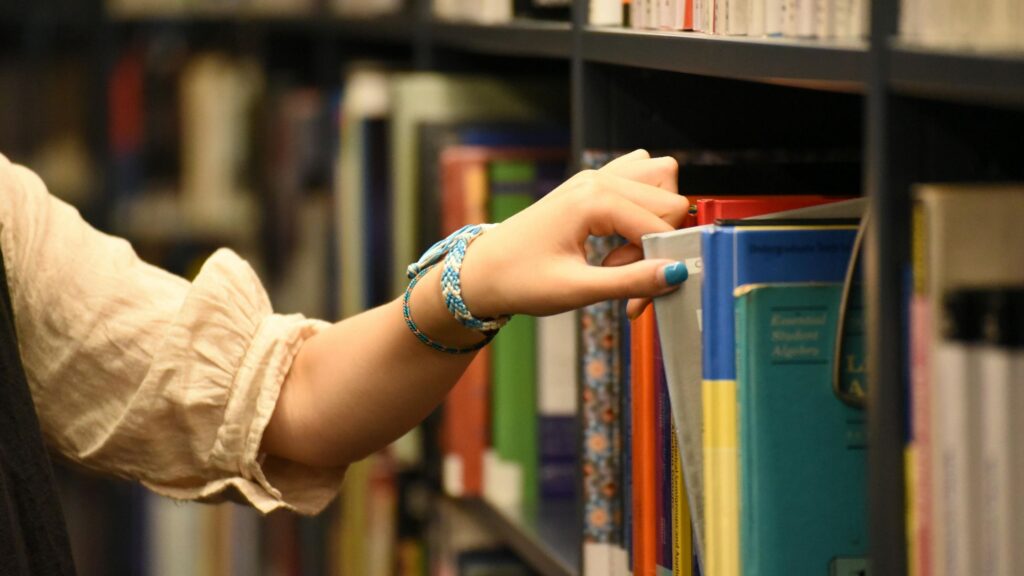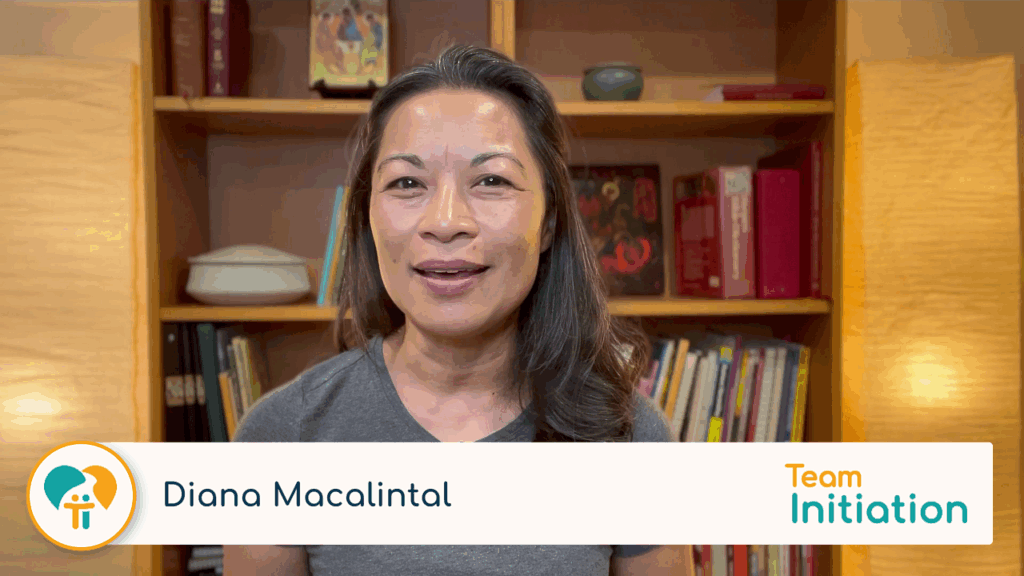Sixth Sunday of Easter, C
You can discuss one or more of these teachings of the church today. Use your powers of discernment to make your choice based on three criteria:
- What have the catechumens been asking about?
- What issues came up during the dismissal reflections?
- What, in your opinion, needs clarification for the catechumens?
- Apostolic nature of the church
- The Holy Trinity
- The Mystical Body of Christ
Acts 15: 1-2, 22-29
Revelation 21: 10-14, 22-23
John 14: 23-29
Catechist Wisdom
Strengthen your wisdom powers by reflecting on the readings yourself before the catechetical session.
The reading from Acts today describes one of the first crises the early church had to deal with. Some among them believed that Gentiles seeking baptism must first submit to the Mosaic practice of circumcision. Paul and Barnabas, among others, believed there was no need for non-Jews to take on Jewish practices in order to become Christians. What is important is not so much the dispute as is the method of resolving it. The question was submitted to “the apostles and elders” in Jerusalem. Since the very beginning, the authority of the church has descended through the apostles and their successors, the bishops.
The apostolic theme is carried through in John’s vision. The holy city Jerusalem, which had been the center and foundation of the church in its earliest days, is now the jeweled Bride of Christ—the people of God, the church itself. The walls of the city, and the foundation of the church, rests upon “the twelve apostles of the Lamb.” John also notes the city has no temple, no sun, and no moon. It may be difficult to understand the utter shock this would have been to John and his community. The sense of the imagery is that the holy city in which we will dwell with God is like nothing we have known before. We have some foretaste of it in Eucharist, and the full revelation awaits us.
We will dwell with God in fullness in the holy city, but it is not solely a future promise. God (the Father and the Son) dwells in the church here and now, through “the Advocate, the Holy Spirit.” The radical love (the Spirit) of the Father and the Son inhabits us and lives in us. The Spirit makes us one with Christ, uniting us so closely that the church becomes the very body of Christ. The Spirit is the one who instructs the church, intercedes for us, and comforts us with Christ’s peace.
Teaching Powers
Based on your discernment of the core belief(s) to emphasize today, connect one or more of these church teachings with what the catechumens experienced in the liturgy and what they have experienced in their daily lives this past week. Ask the sponsors to help the catechumens make these connections during the discussion.
-
- The church is made up of two groups, two parts of the Body, that together carry out the church’s mission. They are the ordained and the laity.
- The church receives its mission from Christ, who first handed it onto the apostles. The bishops are the successors of the apostles. The technical term for this is “apostolic succession.” Like the apostles, the bishops act in the person of Christ. They are the sign and source of unity in their own diocesan churches.
- The chief bishop is the bishop of Rome who is also called the Pope. The Pope is a successor to St. Peter, to whom Jesus entrusted the authority to lead the church.
- It is the job of the bishops to teach the faith, to lead the church in prayer, especially Eucharist, and to act as true pastors or shepherds. They are helped in these tasks by priests and deacons.
- Ordinarily, the laity carries out the mission of the church by living holy lives in the secular world.
- The word “priest” can sometimes be confusing. Lay people share in Christ’s priesthood. Anyone who is baptized does. The ordained priesthood is a sacred role that is distinct from the rest of the baptized priesthood. Because all the baptized share in Christ’s priesthood, we are all called to lives of holiness. That is, we are called to live the same kind of life of faith that the apostles did. All of the faithful share in the apostolic mission of the church.
- The mystery of the Trinity is the core belief of all our beliefs. It is foundational to all the rest of what we believe. Like the mystery of love, we can never fully understand it. However, with God’s help, we will grow to know more and more about the Holy Trinity.
- One of the ways we grow to understand the Trinity is through Jesus’ incarnation. Jesus reveals God to us, and we realize he is one with the Father.
- We also know that through Jesus’ death and resurrection, the Holy Spirit was poured out upon the church. The mission of the Holy Spirit is exactly the same as Jesus’ mission. That understanding reveals to us that the Holy Spirit is one with the Father and the Son. “With the Father and the Son he is worshipped and glorified” (Nicene Creed).
- We believe that the Holy Spirit proceeds from both the Father and the Son. This was a very important controversy in the fourth century church. It simply means that the Holy Spirit is equally the Spirit of the Father and the Spirit of the Son.
- We also learn more deeply about the Holy Trinity because, through the grace of baptism, we are drawn into the dynamic life of the Trinity. We learn about the Trinity “up close and personal.” We are baptized “in the name of the Father and of the Son and of the Holy Spirit.”
- We do not believe in three Gods. This is important. We believe in only one God. And we believe that God is three separate persons, all equal in glory. It can be confusing to think about, but remember this is not about physical science. It is about an absolute unity of love.
- Because God is an absolute unity of love, all of God’s actions are also one. We cannot assign different jobs to different persons as though the other persons are not involved. The Catechism says it this way: “Within the single divine operation each shows forth what is proper to him in the Trinity, especially in the divine missions of the Son’s Incarnation and the gift of the Holy Spirit” (267).
- Jesus became one of us to save us and make us one with him. In the first letter of Peter we read: “You are a chosen race, a royal priesthood, a holy nation, God’s own people.”
- We become one with Christ and part of the People of God by faith and baptism. This unity is so complete that we call the church the Mystical Body of Christ. Through the power of the Holy Spirit, Christ, who died on the cross and rose three days later, makes us part of God’s family and makes his own Body. This reality is most clearly expressed in the sacraments.
- Even though we are all one, however, we all have different roles. There is a lot of diversity in the Body. And still we are all linked to one another, especially to those who are suffering, to the poor and persecuted.
- The head of the church, the head of the Body, is Christ. Our life comes from Christ and Christ lives in us. We also say the church is the Bride of Christ because Christ loves the church so much.
- When Jesus left this physical earth, he sent the Holy Spirit to instruct the church, care for the church, and intercede for the church. Because the Spirit dwells in us, we say the church is the temple of the Holy Spirit. In a sense, Spirit is the soul of the Mystical Body, the source of its life, of its unity in diversity, and of the riches of its gifts.
Apostolic nature of the church
(see CCC 934-941)
The Holy Trinity
(see CCC 261-267)
The Mystical Body of Christ
(see CCC 802-810)
Click here to see the correlations with protocols from the Office of the Catechism
Saving the World
Ask the catechumens to reflect back what they heard today. Ask them to name one or two practical ways they will put their new learning into practice in the coming week.
Prayer
Close with a prepared prayer or a spontaneous prayer led by one of the team members or one of the sponsors.



















